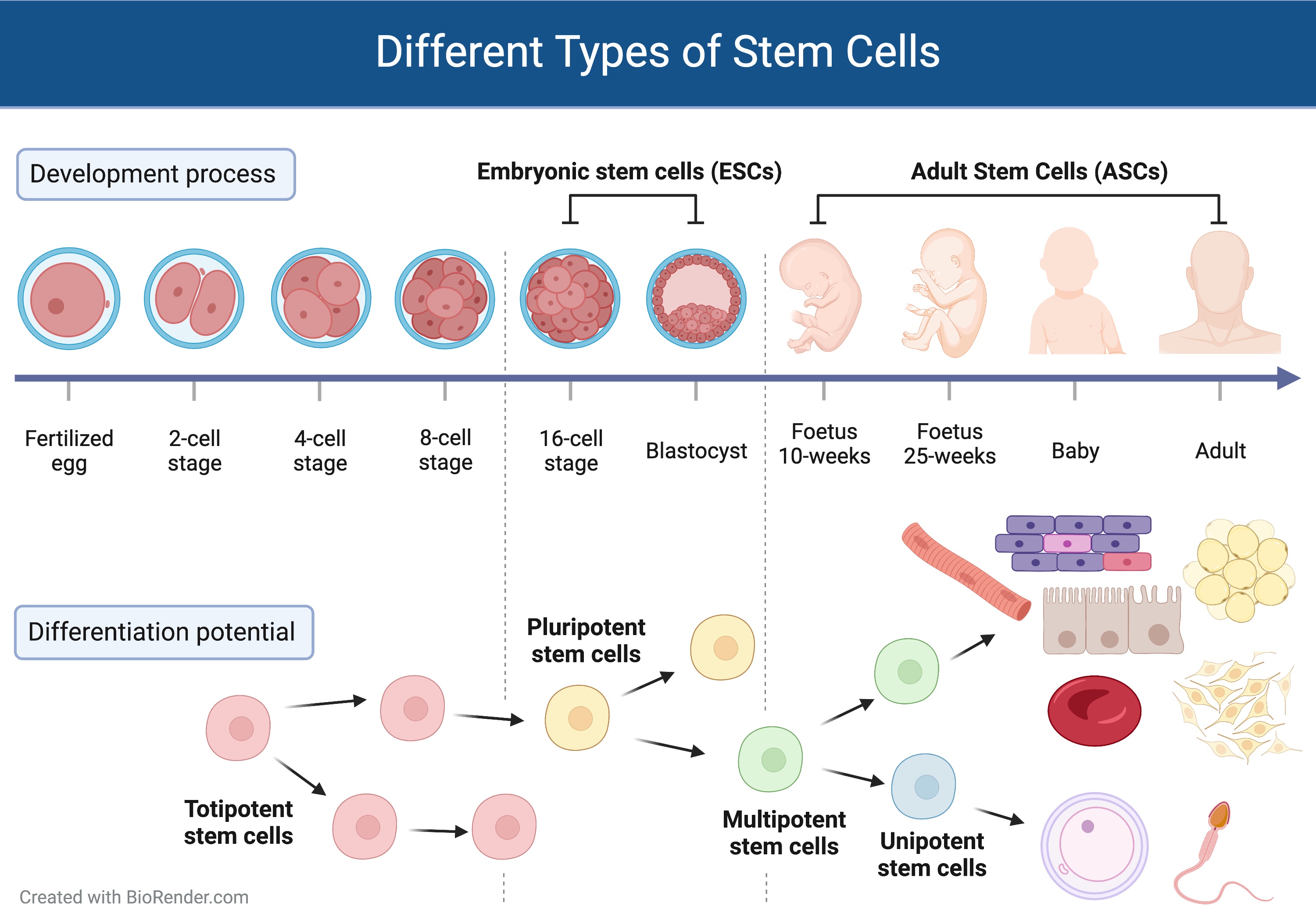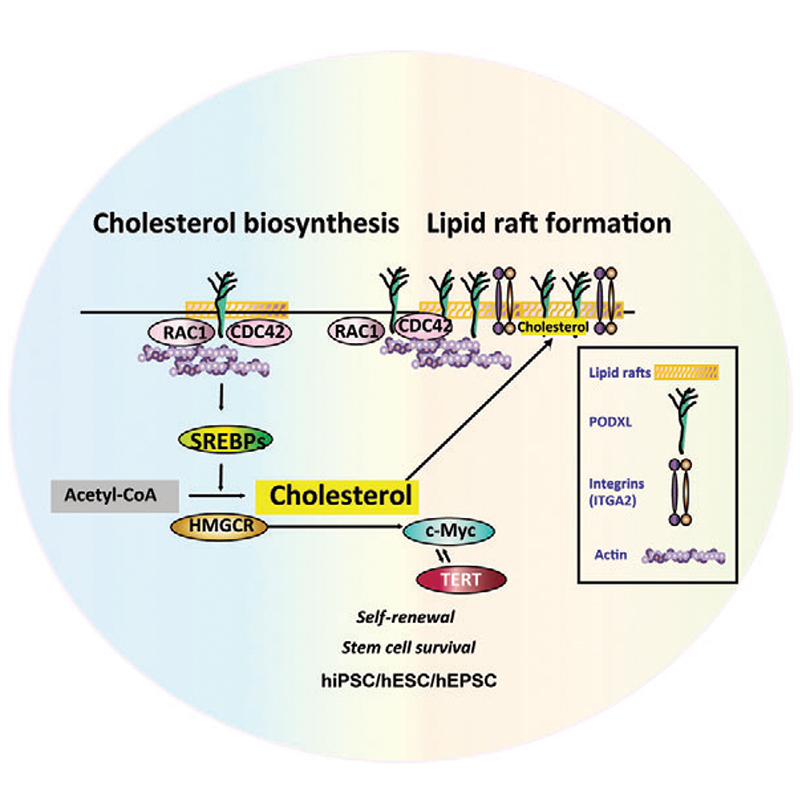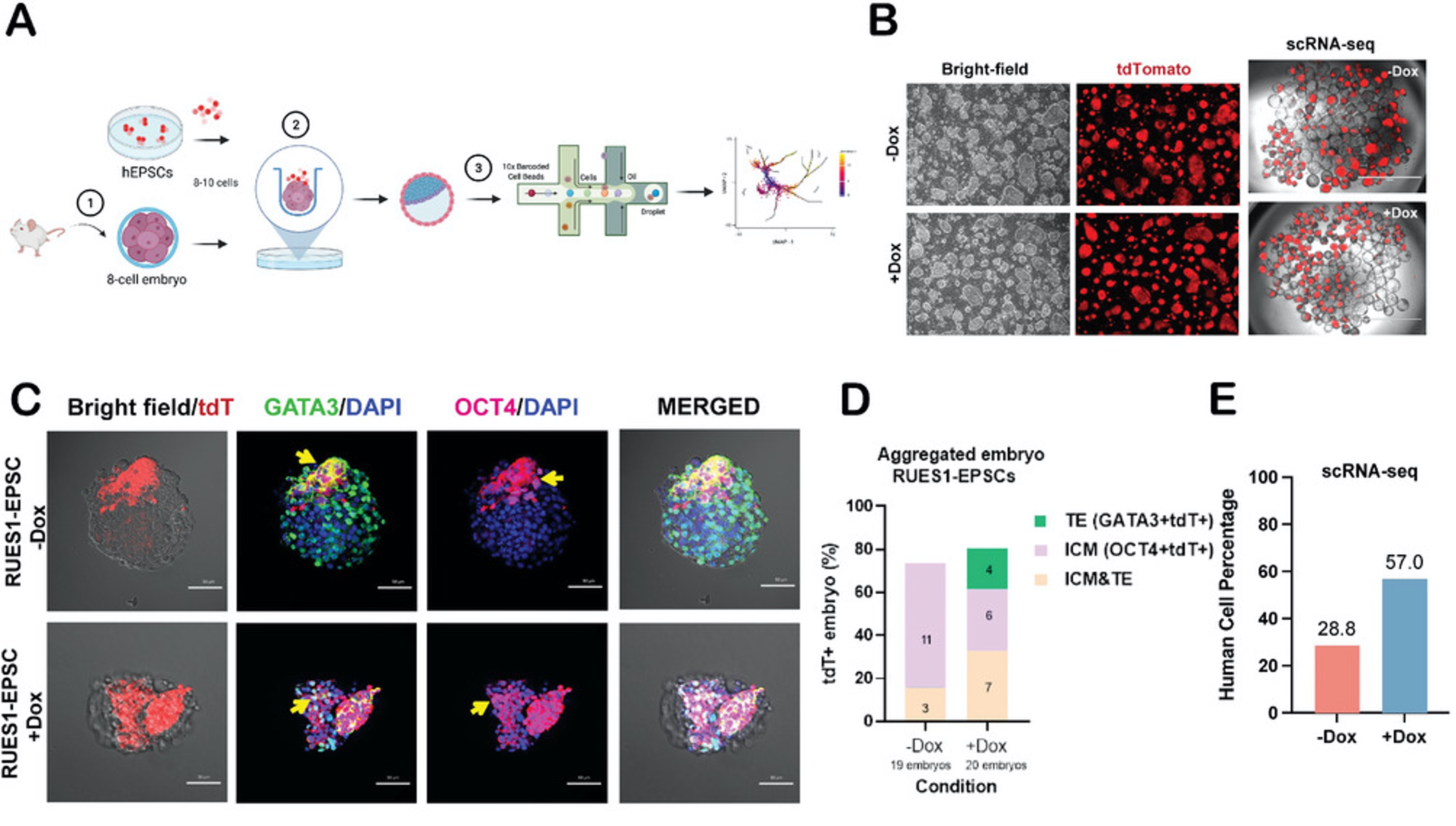Considering factors such as human immune rejection, limited organ donations, and restrictions on their preservation methods, organ transplantation has been in a state of short supply globally. Stem cell research has been steadfast in regenerative medicine to address this medical need. However, due to concerns about the safety and controversy surrounding cell sources, it remains difficult to conduct research and apply it clinically. If stem cells can be returned to their most primitive form through gene regulation, in the future, it will no longer be just a dream to cultivate our own organs from autologous cells.
Stem cells with the ability to differentiate, proliferate, and self-renew have always been a target for scientists to explore and decipher. Simply put, when sperm and egg combine to form a fertilized egg, stem cells begin to exist, called "embryonic stem cells" (ESCs). When the embryo continues to divide, develop and mature into a baby, stem cells present in various tissues and organs of the body, such as bone marrow and umbilical cord, are called "adult stem cells" (ASCs), which are currently the most widely used stem cells in medicine. In terms of their differentiation potential, stem cells can be divided into totipotent stem cells, pluripotent stem cells, multipotent stem cells, and unipotent stem cells, in which the later the stage, the more specialized the differentiation potential of stem cells becomes. This clear indication of specialized roles means that stem cells generated in later stages are less likely to develop into other types of cells, tissues, or even complete organisms."
 |
| Figure 1: Illustration of the distinct stages of development and differentiation potential of human stem cells. |
The research team led by Dr. Jean Lu, an associate researcher at the Genomics Research Center, has published an important paper in the journal "Advanced Science" that integrates stem cell biology, medical biology, and chemical biology to elucidate the role of the PODXL (Podocalyxin-Like Protein 1) membrane protein in regulating the biosynthesis of cholesterol, which in turn affects the self-renewal of pluripotent stem cells with expanded potential. Further studies have shown that human extended pluripotent stem cells (hEPSCs) that highly express PODXL membrane protein. As these PODXL overexpressed hEPSCs aggregated with mouse 8-cell stage embryos can enhance the developmental potential of known human-mouse chimerism from 30% to 57%.
The first author of the paper, Dr. Wei-Ju Chen, a postdoctoral researcher, explained that in the initial stage, Dr. Lu’s research team and Dr. Han-Chung Wu, a Distinguished Research Fellow of the Institute of Cellular and Organismic Biology, Academia Sinica, collaborated to develop the monoclonal antibody 5-22 mAb using the human embryonic stem cell line HUES 5. They found that the PODXL membrane protein exhibited high affinity with the antibody, inferring that this protein should be the main surface antigen of human pluripotent stem cells. The research team was excited and determined to find out the role of the PODXL membrane protein in pluripotent stem cells.
The first step was to establish the regulatory relationship between the PODXL and cholesterol. It is known that cholesterol is mainly used to regulate cell fluidity in animal cells, and it is an important lipid molecule and a major component of lipid raft, a hub of the cell signaling centers. The results showed that PODXL regulates the biosynthesis pathway of cholesterol through c-MYC, TERT, and ITGA2 to maintain the function of pluripotent stem cells. Meanwhile, when cholesterol was supplemented in culture system, cells showed increased self-renewal abilities in hESCs and hEPSCs.
 |
| Figure 2: PODXL affects lipid raft dynamics by regulating cholesterol, thereby affecting the self-renwal abilities in human pluripotent stem cells. |
Next, researchers selected hEPSCs that can have potential to differentiate into trophectoderm like cells (a cell type will become placenta eventually) as the experimental model, aggregated them into 8-cell stage mouse embryos, and allowed them to develep in a culture dish. After 37 hours, their integration efficiency was observed using fluorescence immunostaining identification.
Under normal circumstances, cells of different species will reject each other. In the field of pluripotent stem cell research, it is known that the efficiency of human-mouse chimerism using naïve stem cells as a basis is close to 0 (0.5%); whereas, EPSCs have an efficiency of about 30%. In comparison, the research team led by Professor Lu increased the expression of PODXL membrane protein on the surface of hEPSCs (+Dox). The research data showed that hEPSCs were detected in both the outside layer of trophectoderm and inside layer of inner cell mass, with the chimerism jumping to 57%, confirming that regulating the amount of PODXL membrane protein played a dominant role in inducing and extending pluripotent stem cell occupancy.
 |
| Figure 3: Inducing PODXL overexpression enhances human-mouse chimerism efficiency. |
Dr. Lu mentioned that we are in a time of fast-paced progress in medical technology. The secrets of the human body's structure and the complex regulation of the interactions between various cells pose many insurmountable obstacles to regenerative medicine. However, as scientists strive for constant advancements and enhancements in this emerging medical field, it is also crucial to consider ethical and legal concerns.
This study was carried out by the team members of Dr. Jean Lu of the Genomics Research Center, the Chung-Yi Wu Lab, the Chun-Mei Hu Lab, Dr. Han-Chung Wu, a Distinguished Research Fellow of the Institute of Cellular and Organismic Biology, and Dr. Li-Ying Sung of Institute of Biotechnology, National Taiwan University.
The paper titled “Podocalyxin-Like Protein 1 Regulates Pluripotency through the Cholesterol Biosynthesis Pathway” can be read online at: https://doi.org/10.1002/advs.202205451